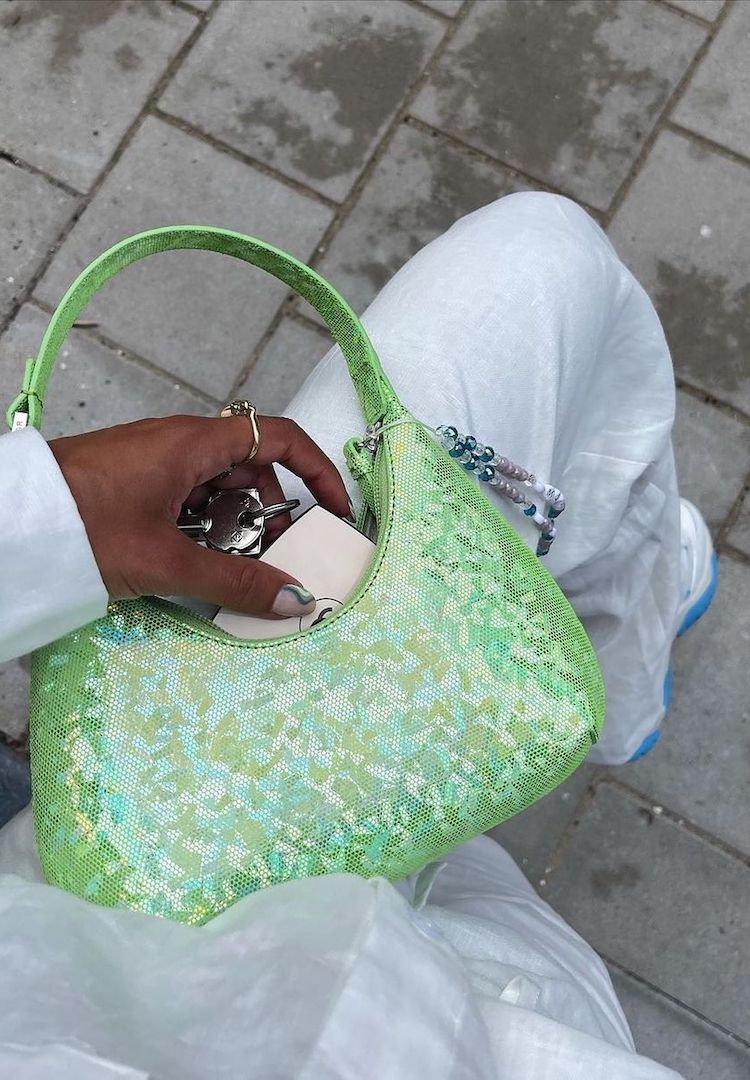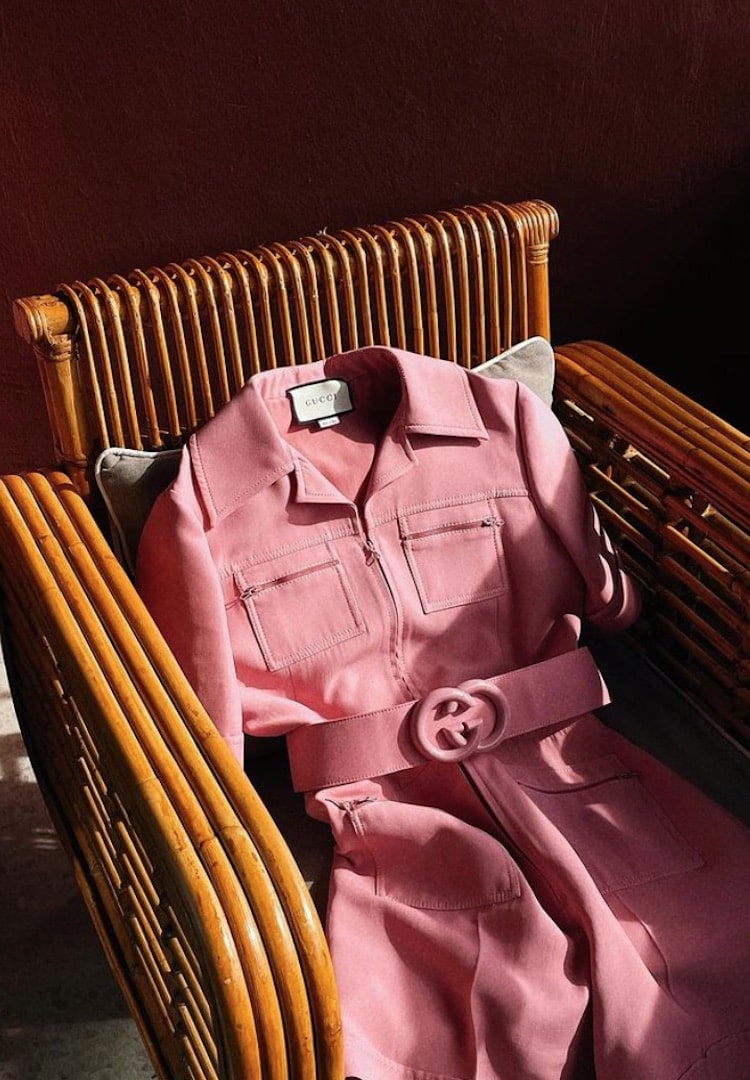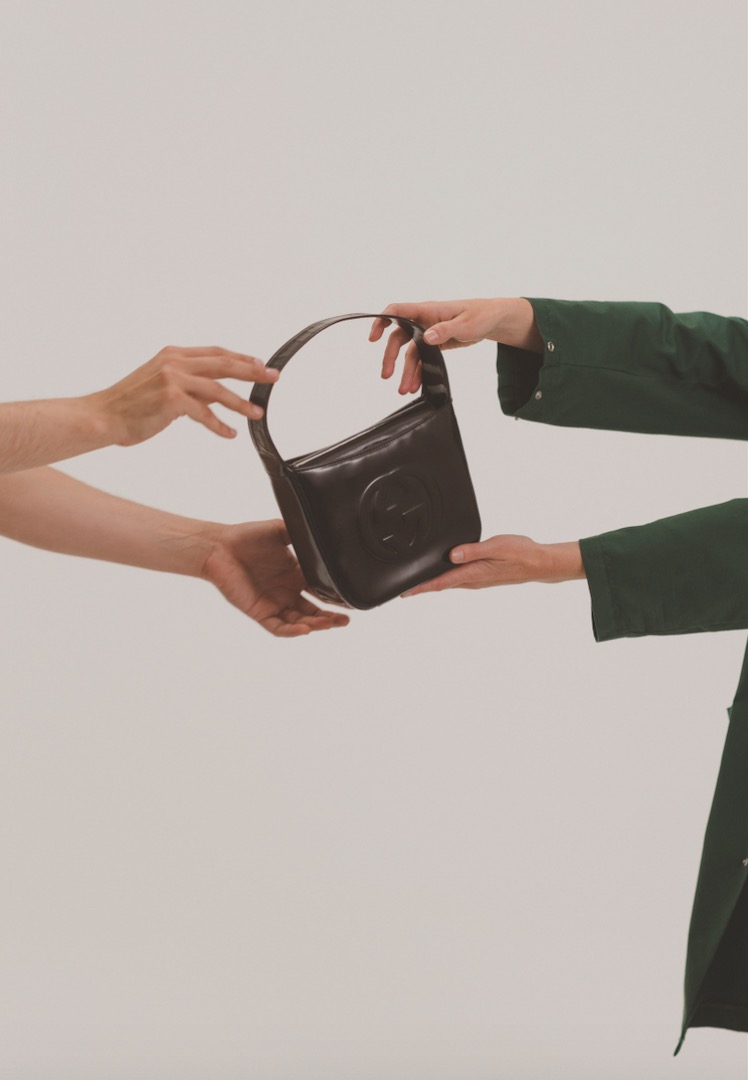Can I get a refund? Understanding your consumer rights in Australia
Words by Chloe Taylor
A breakdown of Australian consumer law, because new purchases don’t always go to plan.
Odds are, you’ve returned or exchanged an item of clothing at least once in your life. Maybe it didn’t look like the Instagram photo, or when you tried it on with those cute wedges that you picked out, it just wasn’t a vibe.
We’ve all heard the horror stories about someone purchasing a dress, going back to the store, and being told their only options are to keep the dress or receive a $500 credit note. It’s a common situation and it’s genuinely upsetting.
For more on the business of fashion, head to our Fashion section.
So let’s talk about when you’re legally entitled to a repair, replacement or refund, or as I like to call them, the triple Rs. We’ll use the dress as a recurring example.
What does the law say?
First, let’s talk about the law. The Australian Consumer Law (ACL) applies to all businesses in Australia. Most relevant to you as a shopper are the sections of the ACL that guarantee your consumer rights when buying goods and services.
Under the ACL, all products come with an automatic consumer guarantee. This means they must generally be of acceptable quality and match the descriptions made by a salesperson, or on labels and in promotions (including social media platforms).
If a product doesn’t meet the consumer guarantees, you’ll be entitled to a repair, replacement or refund. In some cases, you might also be entitled to reimbursement for damages and loss. With the unsexy legal stuff out of the way, let’s discuss the operation of the triple Rs.
Can I get a refund if I change my mind?
Sadly, no. You’re not entitled to a refund if you simply change your mind, have found a dress cheaper online, or realised you made a regrettable spontaneous purchase.
That said, it’s worth always checking the store’s refund policy before you make a purchase or consider a return. Although not legally required, many stores are doing the Lord’s work and will issue refunds for a change of mind to keep their customers happy.
These returns may come at a small price (like return postage costs), especially with many businesses now cracking down on sustainable practices and encouraging fewer returns.
Do I have to have kept my receipt?
To exercise your rights to a RRR you will need to keep the receipt or other type of proof of purchase. This may include a digital receipt, bank statement or handwritten receipt.
If you’re shopping online, it’s relatively easy to store and keep track of your receipts as they’ll typically be sent to your inbox. When shopping in-store, it’s worth building good habits to ensure you don’t misplace a receipt you might later need. Some stores will send the proof of purchase straight to your email if you ask. Alternatively, get in the habit of taking a photo of the receipt and emailing it to yourself before you leave the store, so you can find it easily later.
When should a store repair my dress?
If you have a ‘minor problem’ with the dress, a store can choose to give you a free repair instead of a replacement or a refund. A minor problem is essentially something that can be easily fixed, say a missing button or faulty zipper. If a free repair is offered, you won’t be entitled to a replacement or refund, and must instead accept the repair.
If the store doesn’t give you a free repair within a reasonable time, or they can’t fix the problem, you have a couple of options. The first is to get the dress repaired elsewhere and pass on the costs to the store (a great option from an environmental standpoint). Otherwise, at this point, you can ask for a replacement or refund.
When should a store replace my dress or return my money?
You’re entitled to a refund or replacement if there is a ‘major problem’ with the dress. This means the dress is faulty or damaged and cannot be fixed. You may also be entitled to a refund or replacement if the store sent you the wrong dress, or if you have received the dress but it has a large stain or is significantly different from the product images and description.
You’re not entitled to a refund if you simply change your mind or if you purchased the wrong size. The same goes if the dress has a fault that you knew about before you bought it – this includes where the fault was listed in the description on a sample or secondhand rack.
When considering a replacement or refund request, if the store forms the view that you’ve contributed to the major problem (say there’s a huge tear in the fabric that could only be the result of someone doing squats on the dance floor), it may refuse your request.
Who pays the cost of returns?
If you’re returning the dress due to a change of mind, you’ll most likely be required to pay for return postage. But if you’re returning the dress because it has a major problem and is faulty, the store is required to pay the return cost. They may ask you to pay the postage initially and require a receipt to reimburse you.
You also don’t have to return the item in its original packaging in order to get a refund, unless this is specifically listed in the returns policy. That said, you should always return it in safe packaging. Otherwise, if the dress incurs further damage on its way to the store, it will be difficult to prove that it was the postie’s fault and not yours.
Can I claim reimbursement for my time and money spent on returns?
You may be entitled to seek reimbursement from a store to put you back in the position you would have been if the dress wasn’t faulty. This is usually a financial cost (like postage) but can also include lost time or productivity.
Is a ‘No Refunds’ sign in a store or at a pop-up sale illegal?
If you’re a bargain hunter like me, you’ve probably been to a few warehouse sales in your time with signs saying, ‘no refunds’. Signs like this are illegal because they imply that you won’t get an appropriate remedy if the dress you purchased has a major problem.
‘No refund after seven days’ or ‘Exchange or credit note only for return of sale items’ signs are also illegal, but a sign that states ‘No refund for incorrect choice’ or ‘No refund if you change your mind’ is perfectly fine.
It’s important to remember that if a store tells you that you’re buying a sample item, or that the piece may have some sort of fault, you will not be entitled to a RRR. At this point, you’ve waived your ability to exercise your rights under the ACL.
It’s also worth noting your rights under the consumer guarantees don’t have a specific expiry date. You can apply for a triple R even after any warranties from the store have expired.
Tips to remember when asking a store for a repair, replace or refund
It’s always recommended that you review a store’s returns policy before you purchase. Do this yourself – you shouldn’t rely on the sales assistant to tell you the policy, as sometimes they may not be familiar with the most current policy.
You should also always, always keep your receipts, too. As noted above, get into the habit of taking a photo of the receipt just in case, as it’s still an acceptable form of proof of purchase.
Lastly, most stores will want to keep the customer, being you, happy. If you change your mind on a purchase and the store doesn’t have a change-of-mind policy, speak with the assistant and explain your situation. If you explain it in a friendly way, they’ll hopefully understand. It’s easy to lose your cool in these types of situations, but losing your cool is less likely to get you a refund and more likely to land you stuck with a dress don’t want or a $500 credit note.
For more help on your consumer rights, head here.













